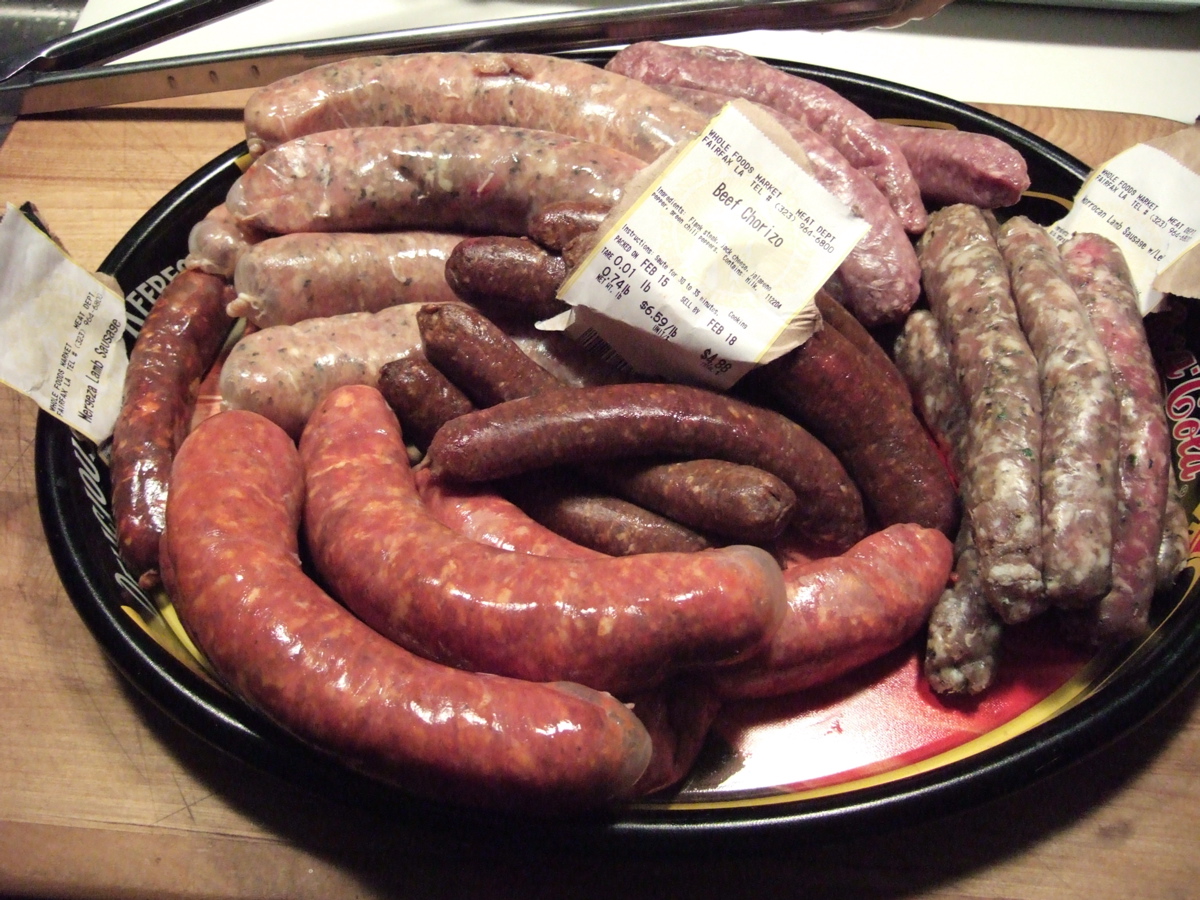You have just read a blog post written by Jason McIntosh.
If you wish, you can visit the rest of the blog, or subscribe to it via RSS. You can also find Jason on Twitter, or send him an email.
Thank you kindly for your time and attention today.

I came at this 2018 book by surgeon Arnold van de Laar expecting a popular-nonfiction health treatise, but instead found something far more akin to Patrick Smith’s Cockpit Confidential, which I loved. As with Smith’s book, Under the Knife comes from the pen of a professional who loves his craft, eager to share favorite stories and observations with an audience of curious laypeople. I found the author’s enthusiasm infectious and I loved this book too, even as I squirmed through much of its often bluntly succinct descriptions of human bodies’ failure states and the operations required to repair them.
While acknowledging from the outset that mortality surrounds a surgeon’s work on all sides, Under the Knife ends up a celebration of the human machine’s resilience, its determination to stay alive in the most severe circumstances. Over the author’s recounting of his favorite historically significant surgeries, he frequently mentions the ancient dictum of healing per secundam, where the doctor mere cleans up any acute mess and then allows the body to knit itself back together, because that is what bodies do.
And in this context, van de Laar makes clear that part of the surgeon’s job involves creating wounds, not shying from using that word repeatedly to describe the incisions and dissections that a modern surgeon performs in order to target a problem that might lay many layers deep. The author really gets across the intuitive inversion at play here, so easy to overlook in the age of modern, sterile medicine. Not even two centuries ago, any penetrating wound to the gut, whether by bayonet or scalpel, was almost invariably fatal. This made abdominal surgery, where a single operation might require myriad intentional wounds, quite impossible until relatively recently.
I got the impression that the author relished modern medicine’s allowing him, personally, to explore the wonders of the human abdomen, and then talk to the stitched up patient about it afterwards. The stories that he brings the most enthusiasm to in Under the Knife involve the belly-guts, and he especially loves to imagine himself in the operating theaters, ancient and modern, that he describes. He has particular fun envisioning the emergency surgery upon Pope John Paul II after his shooting, with one head surgeon after another barging his way into the OR until there are no fewer than six hands holding up the pope’s bowels and rooting around behind them to trace and repair the path torn by the assassin’s bullet.
Other “celebrity surgeries”, where the author mixes adds his own experience and intuition to the available historical record, make up some of the book’s other high points. He observes how a throat-wound on JFK’s body, long a favorite of conspiracy theorists as an impossible bullet-hole, was probably an intentional tracheotomy wound introduced by the first surgeon who received the dying president, and then mis-reported in the ensuing chaos. He brings us to the private chambers of Louis XIV during the operation on his anal fistula, marveling at the surgeon’s practiced genius and the Sun King’s bravery. He clutches his head at the disastrous treatment of Queen Caroline’s umbilical hernia, where confused and bickering doctors overlooked clues that should have been obvious even to a surgeon of antiquity, leading to the patient’s miserable death.
There are stories of humbler surgeries too, ones that made the historical annals due to the practitioner’s innovation rather than the fame of the patient. Through these tales, van de Laar does give us a tour us through human internal anatomy, even if often in the context of things going wrong. With obvious admiration he describes the gastrointestinal tract as a single, unbroken tube that runs from mouth to butt, with various specialized structures along the way, and I don’t think I’d ever heard it so described before. I also loved learning about how many bodily failures trace have a root cause in internal mechanisms optimized for a life on all fours. Standing upright may have seemed like a good idea at the time, but now all of Lucy’s descendants have to live with varicose veins, slipped discs, and hernias.
For all that, I finished the book feeling both smarter about the body and grateful to live in the era of modern medicine. It can feel rewarding and necessary to read, now and again, one subject-matter expert’s testament on how things do tend to improve when viewed on the long arc of history.
This article was also posted to the “books” section of Indieweb.xyz.
Next post: Discovering News API (and releasing a code library for it)
Previous post: I’m looking for tech-writing work
To share a response that links to this page from somewhere else on the web, paste its URL here.